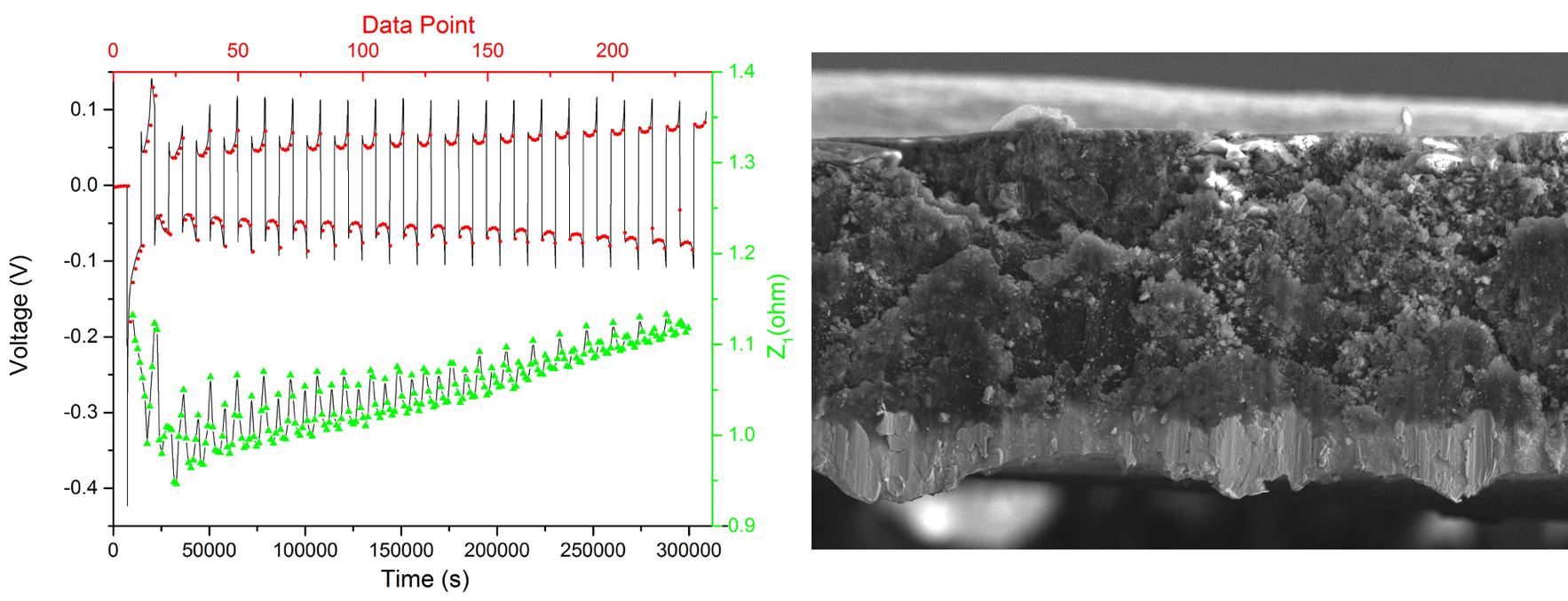
Research
Electrochemical Reactions in Subnano-Confinements
The size of the confinement of active species on the electrode has profound influence on the resultant electrochemical reactions. As an example, we reveal that sulfur in the subnano-confinement (microporous carbon host) undergoes a (quasi-)solid-state lithiation-delithation mechanism in liquid electrolytes. The slovation properties, such as structures and binding energy, of Li-ion are critical in the solid-state Li-S reaction in the subnano-confinement enabled by desolvation process.
Lithium/Electrolyte Interphase in Li Deposition-Stripping
Lithium metal is theoretically the best anode material for Li-ion batteries. However, the uncontrollable parasitic reactions on the Li surface, due to the strong chemical reducing strength of Li and the low electrochemical potential of Li+/Li, result to inferior coulombic efficiency and unsafe Li deposition structure. We seek to fundamentally understand the dynamics of chemical and physical evolutions at the solid/liquid or solid/solid Li/electrolyte interfaces.
New Mg-ion & Al-ion Electrolytes and Deposition-Stripping Mechanisms
Metallic Mg and Al are the anode materials for the rechargeable Mg-ion and Al-ion batteries. The reversible electrochemical deposition-dissolution of Mg and Al is scientifically intriguing and not well understood. Our interests include synthesis of new Mg and Al salts, fundamental properties of the resultant electrolytes, and the Mg and Al deposition-stripping interfacial mechanisms.
Multivalent Ions Electrochemical Intercalation and Redox Reactions
We are working on multivalent metal ions (Mg2+ and Al3+) intercalation in transition metal sulfides and their redox reactions with sulfur. We have demonstrated unambiguous Al intercalation-extraction in Chevrel phase Mo6S8 and layered and thiospinel-based cubic titanium sulfides. We focus on the phase transformation in the host crystal structures induced by ion intercalation and the feasibility of Mg-S and Al-S electrochemical reactions.



